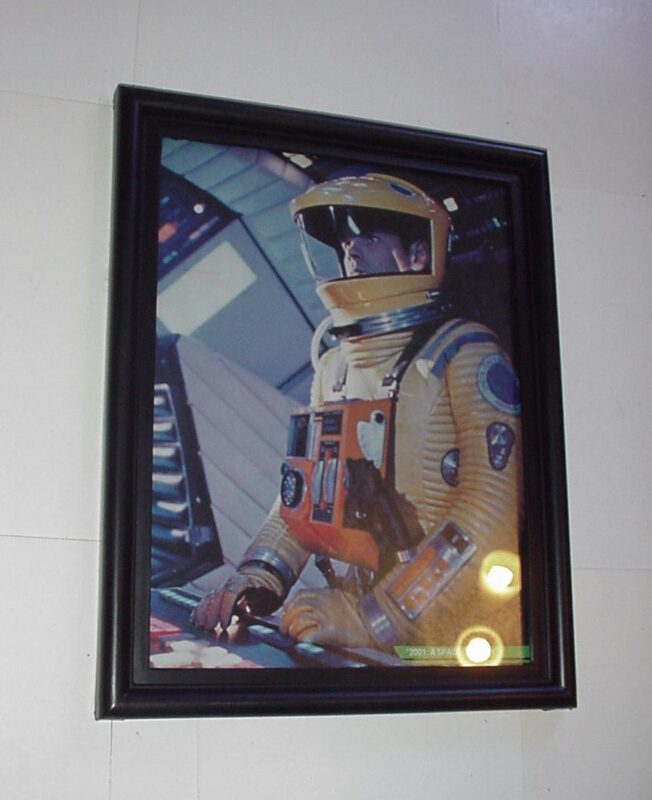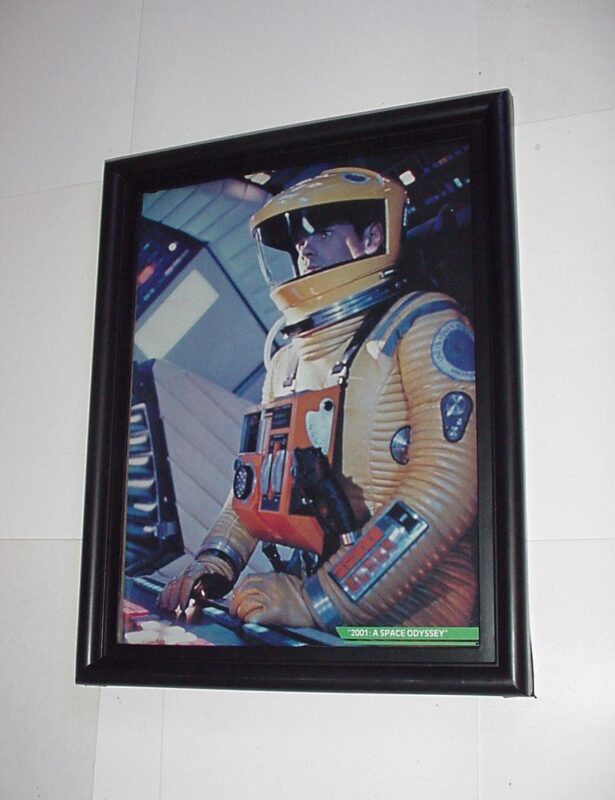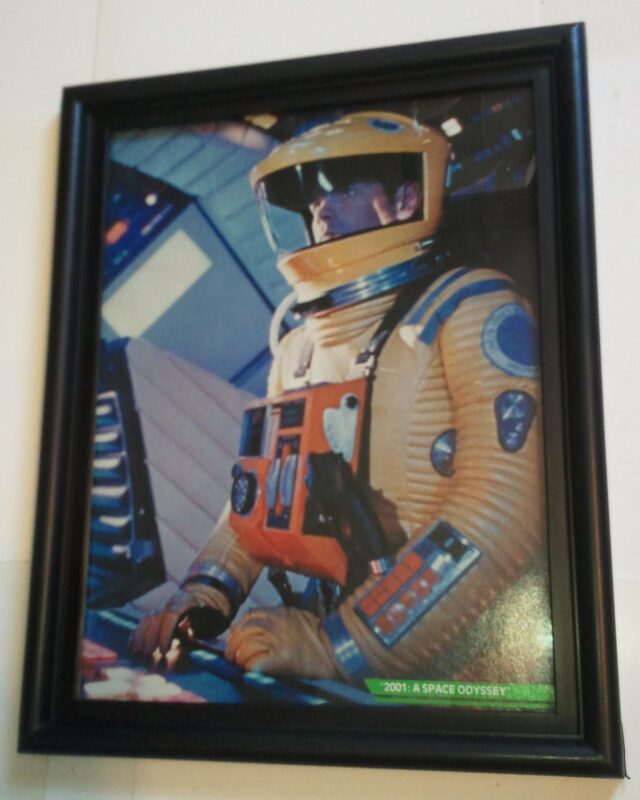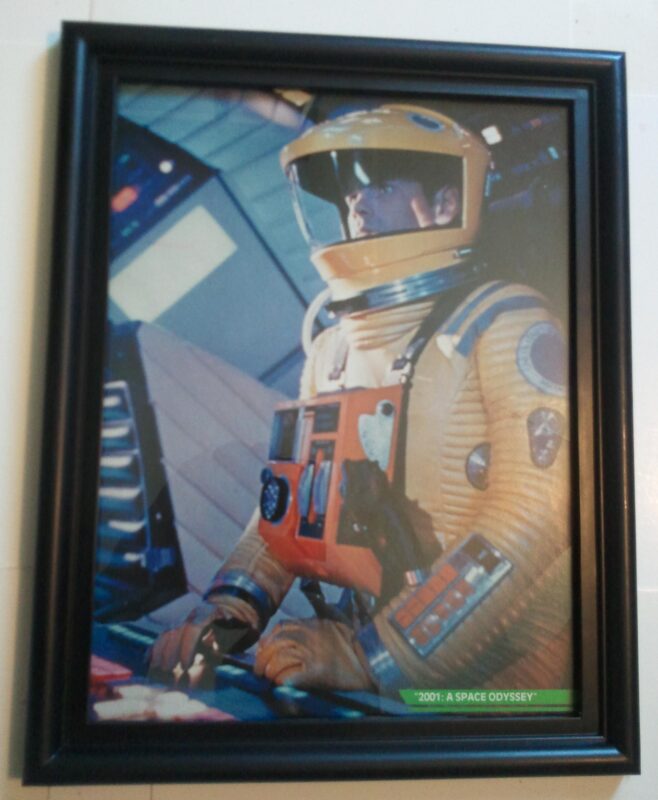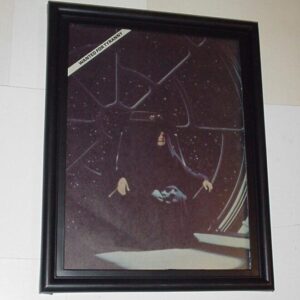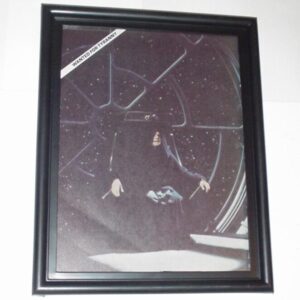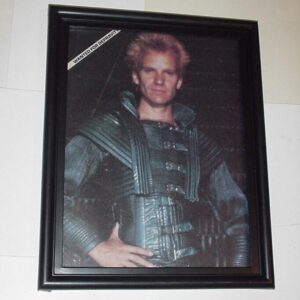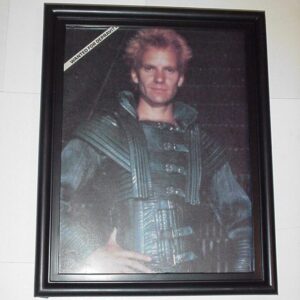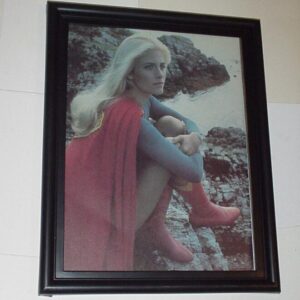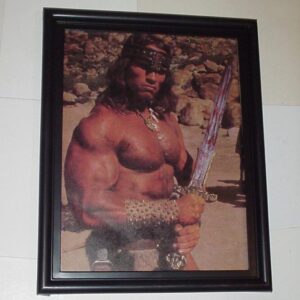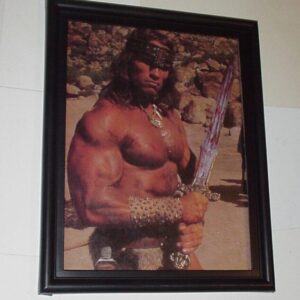Description
2001: A Space Odyssey is a 1968 science fiction film produced and directed by Stanley Kubrick. The screenplay was written by Kubrick and Arthur C. Clarke, and was partially inspired by Clarke’s short story “The Sentinel”. Clarke concurrently wrote the novel 2001: A Space Odyssey which was published soon after the film was released. The story deals with a series of encounters between humans and mysterious black monoliths that are apparently affecting human evolution, and a voyage to Jupiter tracing a signal emitted by one such monolith found on the Moon. The film is frequently described as an epic, both for its length and scope, and for its affinity with classical epics.
The film is structured into four distinct acts. Daniel Richter plays the character “Moonwatcher” in the first act, and William Sylvester plays Dr. Heywood R. Floyd in the second. Keir Dullea (as Dr. David Bowman) and Gary Lockwood (as Dr. Frank Poole) star in the third act as the two astronauts on their voyage to Jupiter on board the spacecraft Discovery One, with Douglas Rain as the voice of the sentient computer HAL 9000 who has full control over their spacecraft. The fourth and final act of the film follows the journey of astronaut David Bowman “beyond the infinite”.
Produced and distributed by the U.S. studio Metro-Goldwyn-Mayer, the film was made almost entirely in England, using both the studio facilities of MGM’s subsidiary “MGM British” (among the last movies to be shot there before its closure in 1970) and those of Shepperton Studios, mostly because of the availability of much larger sound stages than in the United States. The film was also coproduced by Kubrick’s own “Stanley Kubrick Productions”. Kubrick, having already shot his previous two films in England, decided to settle there permanently during the filming of Space Odyssey. Though Space Odyssey was released in the United States over a month before its release in the United Kingdom, and Encyclopædia Britannica calls this an American film, other sources refer to it as an American, British, or American-British production.
Thematically, the film deals with elements of human evolution, technology, artificial intelligence, and extraterrestrial life. It is notable for its scientific accuracy, pioneering special effects, ambiguous imagery, sound in place of traditional narrative techniques, and minimal use of dialogue. The film’s memorable soundtrack is the result of the association that Kubrick made between the spinning motion of the satellites and the dancers of waltzes, which led him to use The Blue Danube waltz by Johann Strauss II, and the symphonic poem Also sprach Zarathustra by Richard Strauss, to portray the philosophical concept of the Übermensch in Nietzsche’s work Thus Spoke Zarathustra.
Despite initially receiving mixed reactions from critics and audiences alike, 2001: A Space Odyssey garnered a cult following and slowly became a box office hit. Some years after its initial release, it eventually became the highest grossing picture from 1968 in North America. Today it is nearly universally recognized by critics, film-makers, and audiences as one of the greatest and most influential films ever made. The 2002 Sight & Sound poll of critics ranked it among the top ten films of all time, placing it #6 behind Tokyo Story. The film retained sixth place on the critics’ list in 2012, and was named the second greatest film ever made by the directors’ poll of the same magazine. Two years before that, it was ranked the greatest film of all time by The Moving Arts Film Journal. It was nominated for four Academy Awards, and received one for its visual effects. In 1991, it was deemed “culturally, historically, or aesthetically significant” by the United States Library of Congress and selected for preservation in the National Film Registry.
In 1984, a sequel directed by Peter Hyams was released, titled 2010: The Year We Make Contact.
Dr. David Bowman serves as the protagonist of 2001: A Space Odyssey. The character later appears in the sequel story released first as a book, 2010: Odyssey Two and then as a movie, 2010: The Year We Make Contact. The character also returns in two more books by Arthur C. Clarke, 2061: Odyssey Three and 3001: The Final Odyssey. In the forewords to both 2010 and 2061, Clarke makes it clear that the plots of the movies and books do not necessarily follow a linear arc, and take place in parallel universes; consequently there are apparent inconsistencies in the character of David Bowman throughout the series. In the two movies, Bowman is played by Keir Dullea.
Keir Dullea (born May 30, 1936) is an American actor best known for the character of astronaut David Bowman, whom he portrayed in the 1968 film 2001: A Space Odyssey, and in 1984’s 2010: The Year We Make Contact. Other film roles include Bunny Lake Is Missing (1965) and Black Christmas (1974).
Frame is shrinkwrapped until time of purchase. Ships boxed with packing peanuts.
THE PERFECT GIFT!
